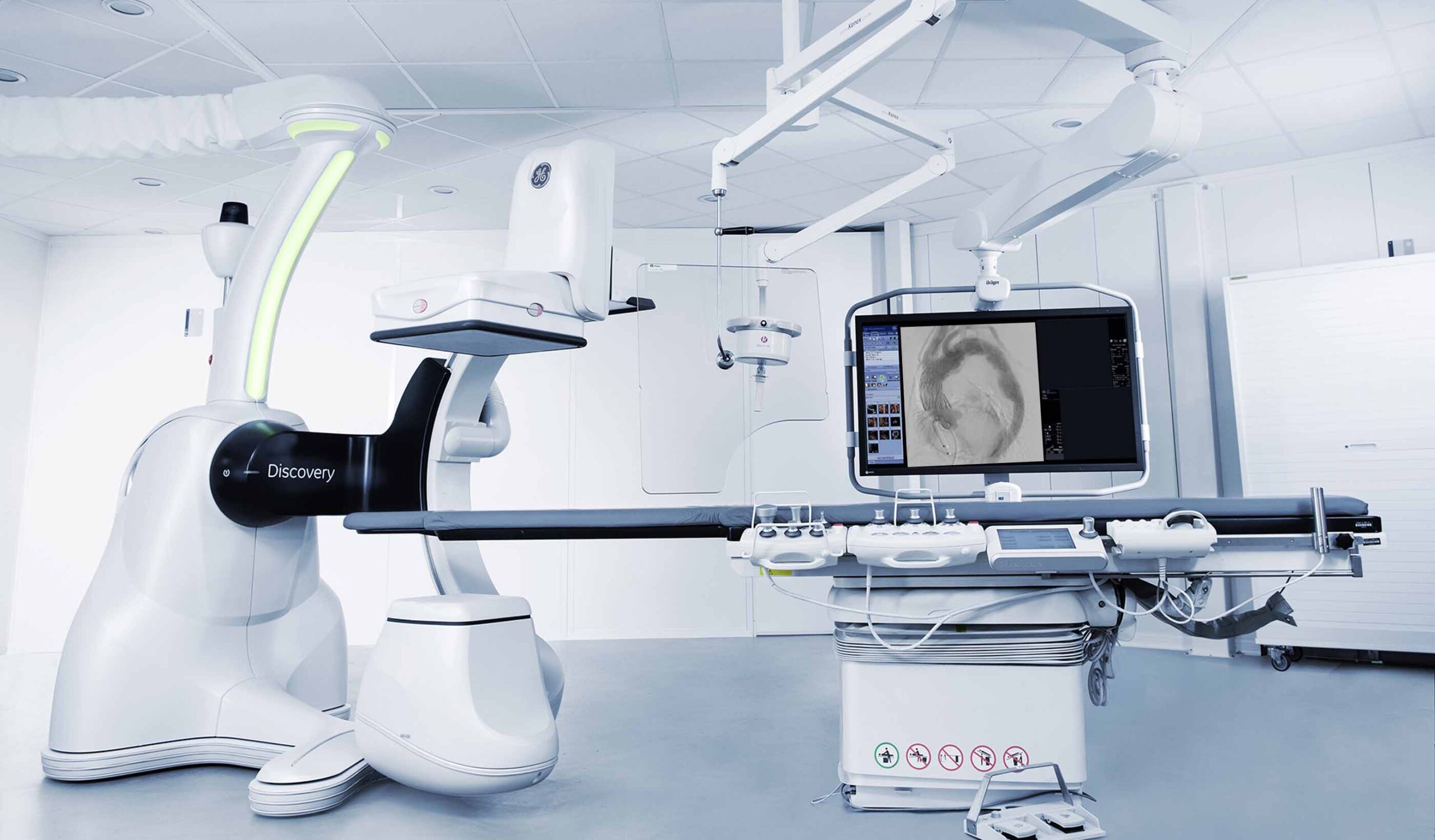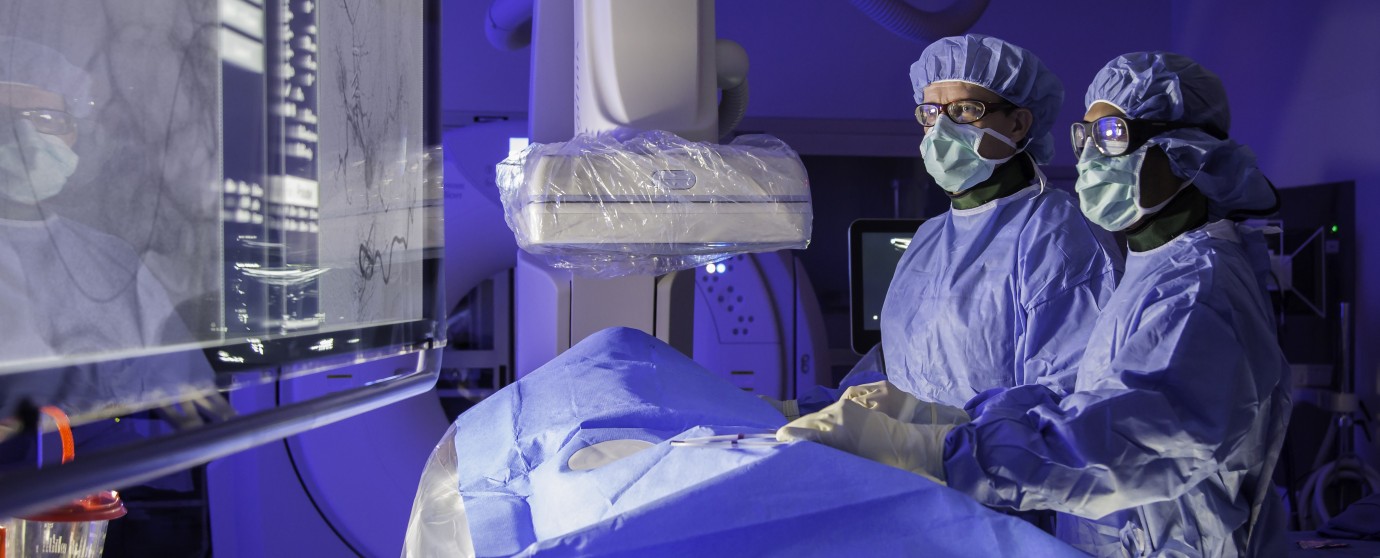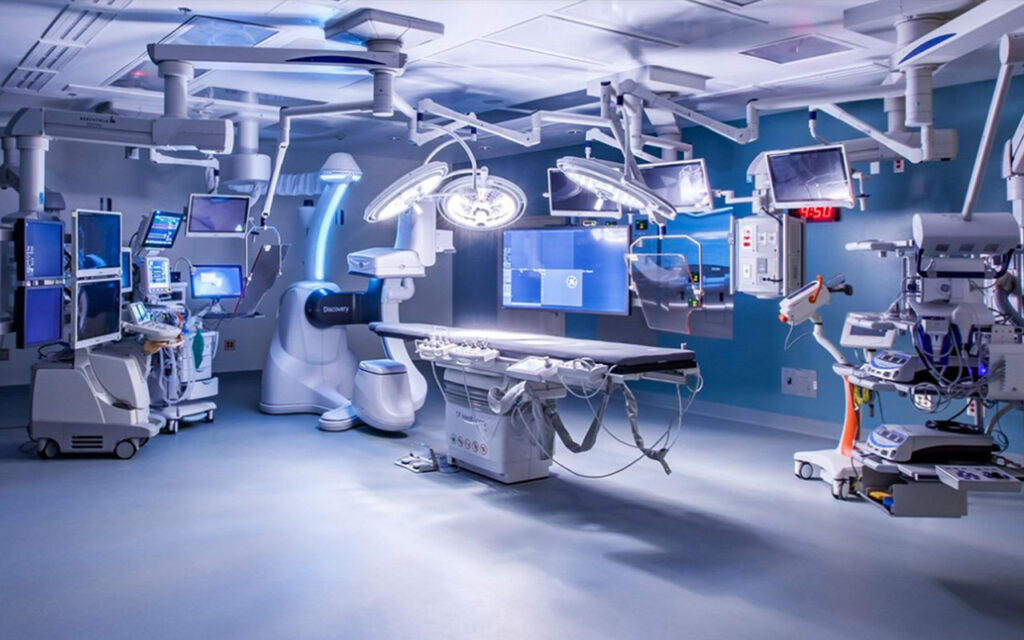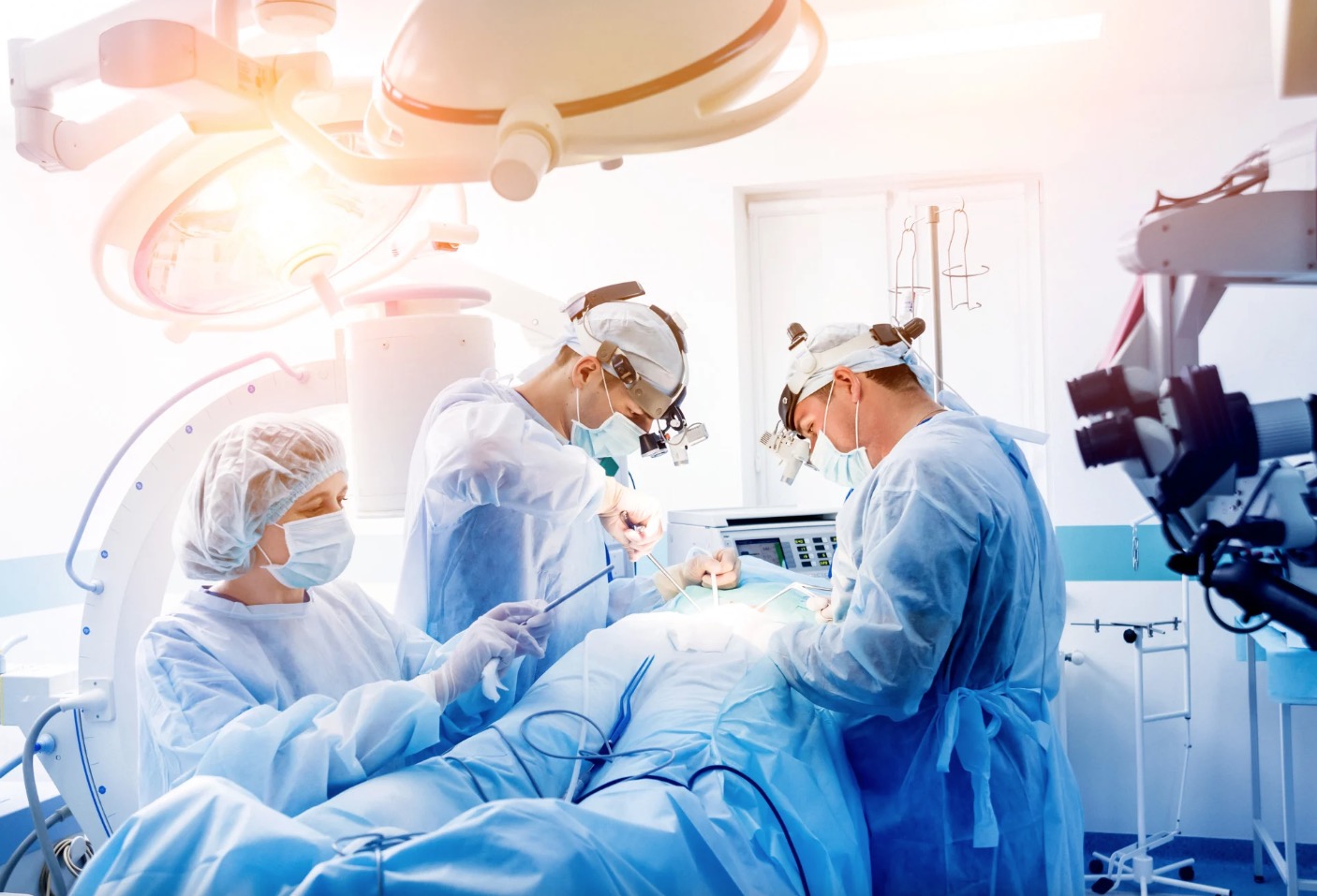

The evolution of endovascular aortic arch repair marks one of the most complex and technically demanding advancements in cardiovascular care. As outcomes improve and devices evolve, more centers are aiming to establish dedicated programs for total endovascular aortic arch repair (TEAAR). However, successful implementation requires more than just technical capability—it requires a highly coordinated system of care, proper infrastructure, experienced personnel, and institutional readiness.
At Aortic Academy, we’ve compiled this foundational guide to support hospitals, surgical centers, and academic institutions that wish to launch or formalize their own arch repair program.

A successful arch program begins with a dedicated, collaborative team of subspecialists who manage complex aortic pathology from diagnosis through follow-up. At minimum, this team should include:
This team must operate under structured clinical pathways, joint case reviews, and collaborative decision-making frameworks.

Arch repair requires operators with significant experience in both thoracic endovascular aortic repair (TEVAR) and branched/fenestrated techniques. Institutional credentialing should require:
Training and simulation programs—either in-house or through platforms like Aortic Academy—should support skill development.

A hybrid OR or advanced angiosuite is essential for safe, image-guided arch interventions. Minimum infrastructure should include:
Centers without a true hybrid OR must evaluate whether mobile C-arms and portable setups meet imaging and sterility standards—most guidelines recommend fixed imaging for arch work.
Endovascular arch repair requires highly specialized and comprehensive device support, including:
Stocking and training staff on the use of contingency devices is equally critical (e.g. bare-metal stents, thoracic cuffs, chimney/snorkel strategies, and occlusion balloons).

Detailed anatomical assessment is a prerequisite for safe arch planning. Centers must have:
Aortic arch repair poses significant risk of cerebral ischemia and hemodynamic instability. Anesthesia protocols must include:
Anesthesia teams must be specifically trained in aortic endovascular workflows, cerebral perfusion management, and crisis response.
Arch patients require meticulous post-op monitoring and structured imaging follow-up:
Launching a TEAAR program should include:
Establishing a Total Endovascular Aortic Arch Repair program is a significant but achievable milestone for any high-level cardiovascular center. With the right team, imaging capability, hybrid infrastructure, and governance, institutions can elevate the standard of care for patients with complex aortic arch disease.
At Aortic Academy, we are proud to support centers worldwide in developing the technical, procedural, and strategic readiness needed to enter this field. Stay tuned for future workshops, simulation modules, and case-based proctoring tools to help your team move from vision to reality.
The content provided in this article and throughout the Aortic Academy platform is intended for educational and informational purposes only. It does not constitute medical advice, diagnosis, or treatment, nor is it intended to replace the clinical judgment of qualified healthcare professionals. All clinical decisions—especially those concerning patient care, procedural planning, or surgical interventions—must be made by board-certified and appropriately credentialed medical practitioners based on their own professional expertise, institutional protocols, and applicable regional regulations.
While every effort has been made to ensure the accuracy, currency, and relevance of the information presented, Aortic Academy makes no representations or warranties, express or implied, regarding the completeness, applicability, or clinical appropriateness of the content. We assume no responsibility or liability for any direct, indirect, incidental, or consequential harm, loss, or damage resulting from the use of any information or guidance provided herein.
Aortic Academy does not endorse any specific device, technology, or clinical approach mentioned unless explicitly stated, and any reference to commercial products or services is for educational illustration only. Readers are strongly encouraged to consult official guidelines, product IFUs, and institutional policies before implementing any technique or procedure discussed on this site.
Use of this website and its content constitutes agreement to these terms. For full legal terms, please refer to our Terms of Use and Privacy Policy.
© 2025 Aortic Academy. All content Copyrighted. All trademarks reserved.